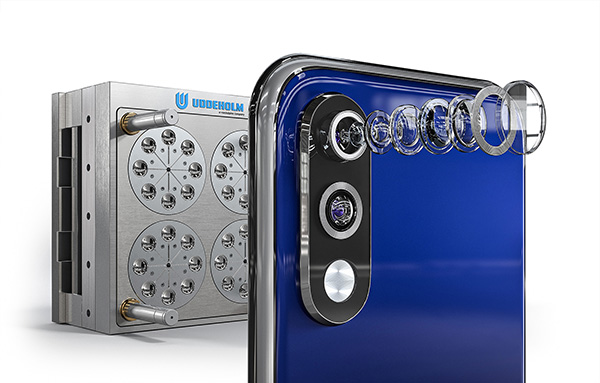Modern technologies are continuously creating new demands on the surface finish of moulded plastic parts. For high-gloss surface demands, mould tool designers should aim to use a steel grade with good ‘polishability’.

Tyrax ESR is a new high-hardness, corrosion-resistant tool steel from Uddeholm, developed for applications with extreme demands on surface finish.
The surface finish of a mould is dependent on the polisher’s technique, in combination with the microstructure and cleanliness of the tool steel. Uneven hardness across the surface means an uneven removal of material during the polishing process, where harder areas will resist abrasion better than softer areas. Uneven hardness may be the result of impurities in the steel and segregations.
Two of the most common polishing defects are pitting and orange peel. Pitting looks like scattered pinholes dispersed over the surface, and is usually due to pull-outs of hard particles, such as carbides or oxides. The best way to avoid such problems is to choose a very clean steel, such as an ESR grade, with fine and evenly distributed carbides. Pitting can also arise if the mould is stored in a humid environment, where localised corrosion attacks may cause pits at the mould surface. In such cases, a corrosion resistant tool steel is required.
Orange peel means that the surface morphology looks similar to an orange peel, as caused by plastic deformation at the mould surface. The best way to reduce the risk of orange peel is to choose a tool steel with a homogeneous microstructure, such as an ESR grade, in combination with high hardness.
The chemical analysis of Uddeholm Tyrax ESR enables the polisher to reach a high gloss surface finish in three polishing steps, compared with five steps for AISI 420 ESR, reducing the polishing time by 40-50%.
For further information www.uddenholm.com















